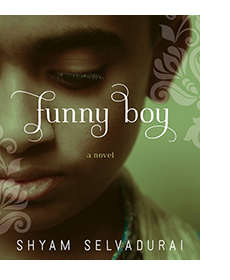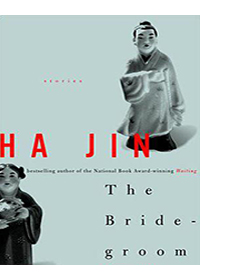Echoing the current celebration of LGBTQ Pride Month on challenging boundaries and promoting diversity, a group of NYU Shanghai juniors, under the guidance of Dr. Joshua M. Paíz, have produced two academic publications on the inclusion of LGBTQ literature in the classroom.
Since 2016, Dr Paíz, a lecturer in the Writing Program, has been designing courses to encourage students to engage with and interrogate identities in a critical manner and to understand how social discourses structure and police those identity options, an effort coined as “queering the classroom.”
 “I included a queer-focused novel, Shyam Selvadurai’s Funny Boy, as one of my course readings, and research readings from lavender linguistics in our section on sociolinguistics,” said Dr Paíz. “I was surprised by how excitedly many of the students engaged with course activities. Many of them chose to explore queer identity issues in their final research papers.”
“I included a queer-focused novel, Shyam Selvadurai’s Funny Boy, as one of my course readings, and research readings from lavender linguistics in our section on sociolinguistics,” said Dr Paíz. “I was surprised by how excitedly many of the students engaged with course activities. Many of them chose to explore queer identity issues in their final research papers.”
Dr. Paíz and his students have since sought to publish class-related research projects in major academic journals, with two pieces accepted for publication since January.
TESOL Journal recently published a pedagogy piece authored with Zhu Junhan ‘19 titled “Queering the Classroom: A Teacher’s Action and A Student’s Response.” The reflection weighs Dr. Paíz’s practice from the perspectives of both instructor and student.
“The inclusion of LGBTQ literary content into our courses is a perfect way to better understand the struggles and thoughts surrounding LGBTQ identities. It has given us a broader, natural understanding of the LGBTQ community,” Zhu said.
Inspired by positive feedback, Dr Paíz and Zhu began working with Anthony Comeau ‘19, Agnes Santiano ‘19 and Zhang Jingyi ‘19 on a larger project analyzing how local varieties of English (i.e., China English) are used to create queer identities, taking the example of Ha Jin and his short story “The Bridegroom.”
 Their investigation utilizes a World Englishes (WE) paradigm to analyze contact literature, supported by perspectives from the fields of queer theory and queer linguistics. The paper, titled “Queer Bodies, Queer Lives in China English Contact Literature,” has been published by Open Linguistics.
Their investigation utilizes a World Englishes (WE) paradigm to analyze contact literature, supported by perspectives from the fields of queer theory and queer linguistics. The paper, titled “Queer Bodies, Queer Lives in China English Contact Literature,” has been published by Open Linguistics.
Comeau dealt particularly with the character Baowen from the short story “The Bridegroom,” and how his sexuality is rejected in language, thought, and state action, but also its defiance.
“For example, in the novel, because homosexuality is often associated with foreignness and the end of family continuity in China, is it also viewed as supposedly ‘anti-Chinese,’” he said. “By association, expressions of homosexuality have the potential to disrupt traditional sexual, gender, cultural or familial power relations. My arguments explored these ruptures.”
For Comeau, such approaches to teaching and research projects have fostered dialogue in the classroom so that the content is meaningful to all students. “The more common this content is, the easier it will be for us to move past fixed positions of belonging and non-belonging. This inclusion in the classroom could be applied to any aspect of human experience, not simply gender or sexuality,” he said.
According to Dr Paíz, another important aspect of “queering the classroom” is actively creating space in the curriculum for voices that have traditionally been widely marginalized by many societies on the basis of social class, ethnic background, gender, and beyond.
Written by Harry Huang ‘21


